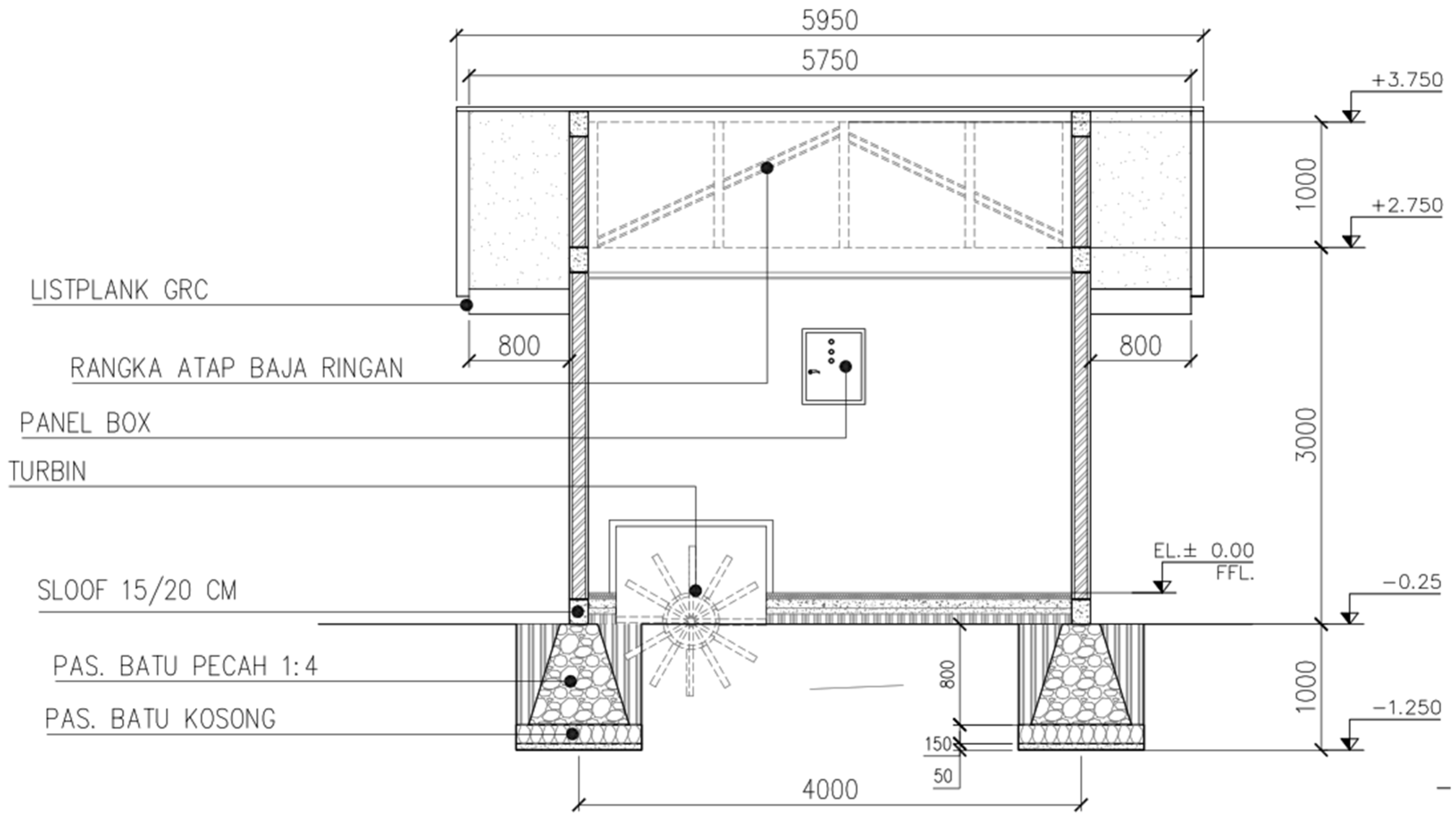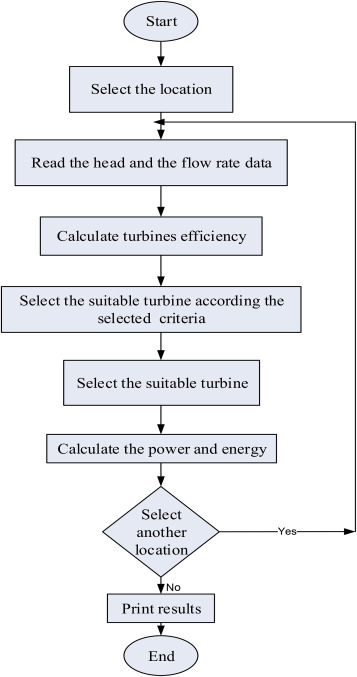Are you curious about how you can harness the power of water right in your own backyard? Imagine generating clean, renewable energy that not only cuts down on your electricity bills but also supports a sustainable future.
A Mini Hydro System might be the perfect solution you’ve been searching for. Before taking the plunge, though, it’s crucial to ensure that this eco-friendly venture is both practical and beneficial for you. This is where a feasibility study comes into play.
By exploring the potential of a Mini Hydro System through a thorough feasibility study, you can make an informed decision that aligns with your energy needs and environmental goals. Dive into this article to discover how to assess the viability of a Mini Hydro System, and take a step closer to becoming a pioneer in sustainable energy.

Mini Hydro System Basics
A mini hydro system uses water to make electricity. It works by using the flow of water to turn a turbine. This energy turns a generator to create power. Key parts include the dam, turbine, and generator. Water flows from a river or stream. It moves through a pipe called a penstock. This flow turns the turbine blades. The energy from the turbine spins the generator. Finally, electricity is produced for homes and businesses.
Mini hydro systems come in two main types. Run-of-river systems use the natural flow of rivers. These systems do not store water. Storage systems use dams to store water. They release it when needed. Both types help produce clean energy. Each has its own benefits and uses.

Site Selection Criteria
Water flowis crucial. It must be steady for power. Volumematters too. More water means more energy. Check seasonal changes in water flow. It should not dry up. Less water means less power.
Geographyaffects hydro systems. Mountains can help. They make water flow faster. Flat lands are less good. Soil type matters too. Strong soil supports structures. Weak soil can cause problems.
Hydro systems can affect nature. Fish and plants may change. Protect wildlife while planning. Use eco-friendly methods. Keep water clean. Avoid harming animals and plants.
Technical Assessments
The study of water flow in rivers is important. Rainfall patterns matter. Water levels must be checked often. Knowing these facts helps in planning. Predictions about water availability are made. Experts measure water speed and depth. They also study seasonal changes. All these data help in planning the mini hydro system.
Building a mini hydro system needs planning. Turbines and generators are key parts. Pipes and water channels must be strong. Proper roads help transport materials. Safety measures are important. Workers need safety gear. A control room monitors the system. All these parts work together.
Estimating energy production is crucial. Water flow affects energy output. Experts calculate power capacity. They use special tools for this. Results show how much energy the system can make. Predictions help in decision making. Plans are adjusted based on these results.
Economic Viability
The initial cost for a mini hydro system is often high. It includes expenses for equipment and installation. Ongoing costs are lower. These cover maintenance and operation. The total cost depends on the site location and project size. A small system costs less than a large one. Choosing local materials can also save money.
Government grants can lower initial costs. Some programs offer financial aid. Loans are another option. They help spread the cost over time. Some banks offer special rates for green projects. Incentives are also available. They encourage clean energy use. These can be tax credits or rebates.
A mini hydro system offers a good return on investment over time. It generates free energy once set up. Savings on energy bills add up quickly. The payback period can be short. It often takes just a few years. This makes it a smart financial choice. Owning a system increases property value too.
Regulatory And Legal Considerations
Understanding regulatory and legal considerations is essential for a mini hydro system feasibility study. These aspects include permits, environmental impact assessments, and compliance with local laws. Proper evaluation ensures smooth project implementation and reduces potential legal challenges.
Permits And Licenses
Securing permitsand licensesis crucial for a mini hydro system. Authorities need to approve your plans. The process can be slow. Be patient and follow the rules. Each region has its own regulations. Understand local requirements first. Consult experts for guidance. They help avoid costly mistakes. Always prepare needed documents ahead. Missing papers cause delays. Double-check forms for accuracy. Incorrect details lead to rejections. Keep a checklist handy. It ensures no steps are missed. Stay organized throughout the process. This saves time and effort.
Compliance With Environmental Laws
Community And Social Impact
Mini hydro systems bring jobs to local areas. They help with economic growth. People in the community learn new skills. These skills are useful. Energy from the system is clean. It is good for the environment. The system makes power cheaper for everyone. Families save money on their bills. Schools can teach more about renewable energy.
Stakeholders are people who care about the project. They include locals, businesses, and government. They work together to make the project successful. Stakeholders share ideas and concerns. Meetings happen often. Feedback helps improve the system. Trust is built through communication. Everyone feels included and valued.
Case Studies And Success Stories
The village of Mavumo in Tanzania used a mini hydro system. This project powered 100 homes. They used the river’s flow to make electricity. Villagers helped build it. Another example is in Nepal. A small town used their stream for power. They light up homes and schools. Both projects improved lives. They brought electricity to places without it before.
Teamwork is important. Everyone must work together. Local people can help a lot. They know the land. Keeping costs low is key. Simple designs work best. They are easy to fix. Training is helpful. Teach people to care for the system. Sharing stories helps others learn. It shows what works. And what does not.

Future Prospects
New technologies make mini hydro systems better. Smart sensors help check water levels. Automatic controls manage the flow. These tools make systems run smooth. Energy storage is also important. It saves power for later. This helps when water is low. People work hard to improve these technologies. It helps the environment and saves money.
Many places can use mini hydro systems. Remote villages need clean power. These systems work well there. Rivers and streams are everywhere. They are good for hydro power. Small towns can also benefit. This helps them grow and develop. Expanding these systems is a good idea. It brings light to more homes. It makes life better for everyone.
Frequently Asked Questions
What Is A Mini Hydro System?
A mini hydro system is a small-scale water power project. It generates electricity from flowing water sources like rivers or streams. These systems are typically less than 10 megawatts in capacity. They are ideal for remote areas and help reduce reliance on fossil fuels, offering sustainable energy solutions.
How Does Feasibility Study Aid Hydro Projects?
Feasibility studies evaluate the practicality and benefits of hydro projects. They analyze technical, economic, and environmental factors. These studies help determine project viability and potential challenges. By assessing risks and returns, feasibility studies guide decision-making, ensuring efficient resource allocation and successful project implementation.
What Are The Benefits Of Mini Hydro Systems?
Mini hydro systems offer sustainable energy with low environmental impact. They reduce carbon emissions and reliance on fossil fuels. These systems provide reliable electricity to remote areas. Additionally, they have lower operational and maintenance costs compared to large-scale projects. Their scalability and adaptability are key advantages.
How To Assess Environmental Impact Of Mini Hydro?
Assessing environmental impact involves studying ecosystems and water flow changes. It examines effects on aquatic life and biodiversity. Consideration of land use and community impact is crucial. Mitigation measures and sustainable practices can minimize negative effects. Comprehensive evaluations ensure eco-friendly and responsible project development.
Conclusion
A mini hydro system offers a sustainable energy solution. It harnesses water power efficiently. This system is suitable for small communities and remote areas. It reduces reliance on fossil fuels. Environmental impact is minimal, making it eco-friendly. Costs are lower compared to large-scale projects.
Maintenance is manageable and requires less effort. Feasibility studies help in understanding potential benefits and challenges. Local assessments ensure the best outcomes for implementation. Consider resources, location, and community needs. With proper planning, a mini hydro system can be a reliable energy source.
It contributes to a greener future.
